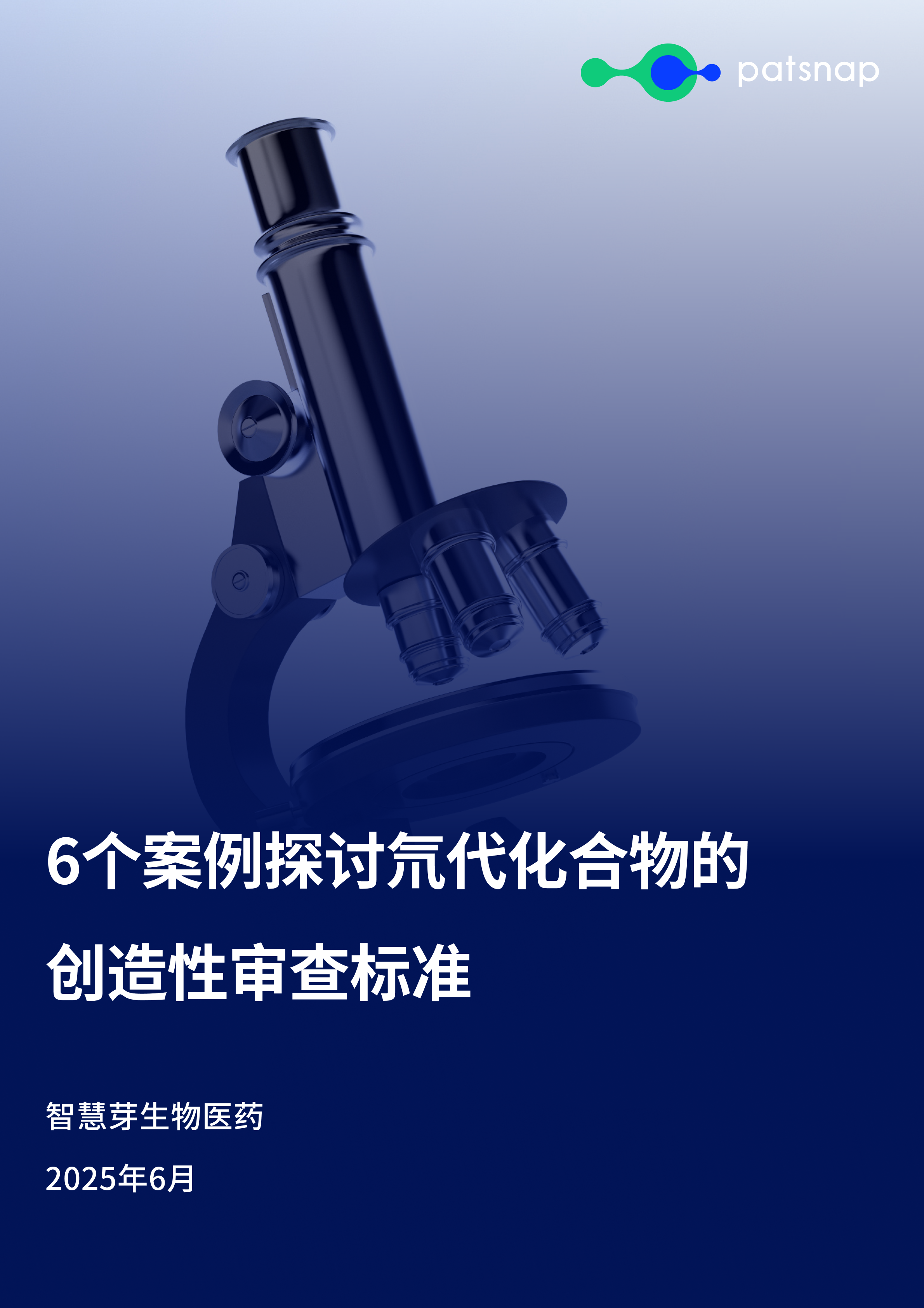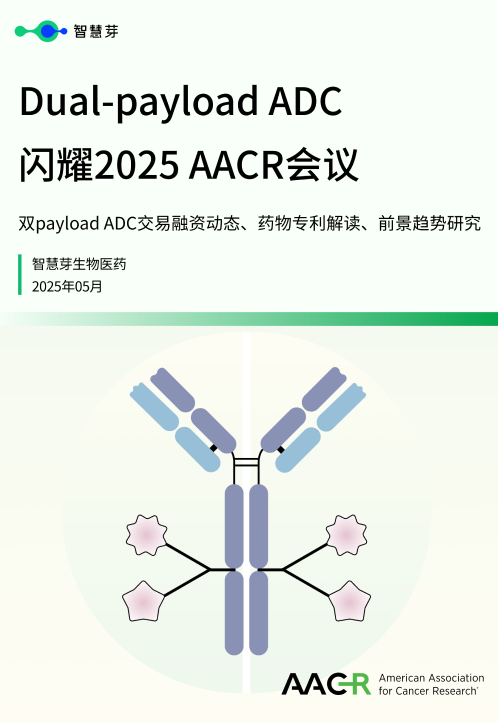预约演示
Bristol Myers and Janssen race toward PhIII with a next-gen blood thinner
2021-11-15
AHA会议
Bristol Myers Squibb and J&J
joined forces
three years ago with a vision: They wanted to create a blood thinner with the efficacy of their current drugs Eliquis and Xarelto, but without the heightened risk of bleeding.
On Monday, they announced they’re well on their way with a Factor XIa inhibitorFactor XIa inhibitor called milvexian.
Milvexian, also known as BMS-986177, significantly lowered patients’ rate of venous thromboembolism (VTE) after knee surgery compared to the commonly used anticoagulant enoxaparin in a Phase II study, the partners said at this year’s American Heart Association conference — and without increasing risk of bleeding.
“Current DOACs — direct acting oral anticoagulants — either are underutilized or are not indicated because of concerns for bleeding,” James List, global therapeutic head of Janssen’s cardiovascular, metabolism, and retina departments, told
Endpoints News.
List said blood clots can be broken down into two basic, interrelated categories: hematosis, which is stopping bleeding, and thrombosis, which is forming a clot. There’s a growing body of evidence that suggests the blood protein Factor XI is very important for the propagation and enlargement of thrombin, but not so important to initial hemostasis, he said. There are also data that show people with Factor XI deficiencies have less of a tendency to bleed.
Factor Xa inhibitorsFactor Xa inhibitors — like Eliquis and Xarelto — are approved to treat and prevent VTE, a disorder that includes deep vein thrombosis and pulmonary embolism. But they come with a risk of serious or fatal bleeding.
“Our scientists were looking to try to advance beyond factor Xa inhibition as a target,” Roland Chen, head of BMS’ cardiovascular department, said. “What has come forward is data, both preclinical and clinically now, including what is being presented here at AHA, to show the promise of Factor XIa inhibition in preventing major thrombotic conditions, without an increase in bleeding.”
At daily doses of at least 100 mg, those treated with milvexian in the Phase II AXIOMATIC-TKR study saw significantly lower rates of VTE compared to enoxaparin (p≤0.014). A group of patients receiving the highest once-daily dose (200mg) of milvexian saw a 7% VTE rate, compared to a 21% rate for the group of patients who took 40 mg of enoxaparin, according to BMS.
While the study tested both single and twice-daily doses of milvexian, Chen said the companies will wait to see the results from another Phase II trial in secondary stroke before they decide on a regimen. That readout is expected in the first half of 2022.
There were no major bleeds in the milvexian arm of the AXIOMATIC-TKR study, compared to one in the enoxaparin arm, the companies reported. The rates of major plus clinically relevant non-major bleeds (CRNM) were 0.8% and 1.4% in the milvexian and enoxaparin arms, respectively.
“The consistently low rates of bleeding across a 16-fold range of milvexian doses suggest that it has a wide therapeutic window, which opens the opportunity to explore milvexian across a broad range of patients including those for whom factor Xa inhibitorsfactor Xa inhibitors are underutilized or not indicated,” Thrombosis and Atherosclerosis Research Institute executive director Jeffrey Weitz said in a statement.
List said the companies are shooting to enter Phase III sometime next year. Although they’re keeping the financial terms of their collaboration under wraps for now, they’ve agreed to share all development costs and commercial profits.
更多内容,请访问原始网站
文中所述内容并不反映新药情报库及其所属公司任何意见及观点,如有版权侵扰或错误之处,请及时联系我们,我们会在24小时内配合处理。
Eureka LS:
全新生物医药AI Agent 覆盖科研全链路,让突破性发现快人一步
立即开始免费试用!
智慧芽新药情报库是智慧芽专为生命科学人士构建的基于AI的创新药情报平台,助您全方位提升您的研发与决策效率。
立即开始数据试用!
智慧芽新药库数据也通过智慧芽数据服务平台,以API或者数据包形式对外开放,助您更加充分利用智慧芽新药情报信息。



